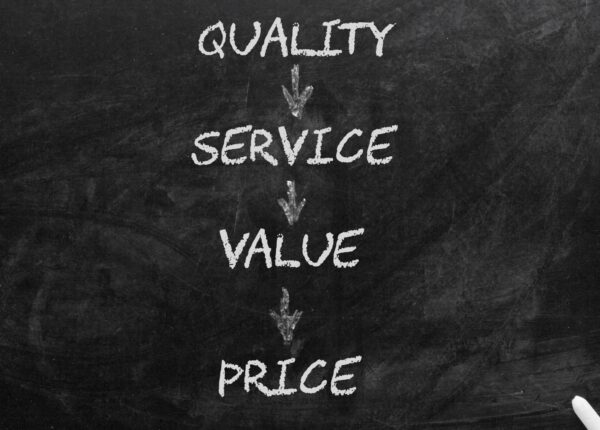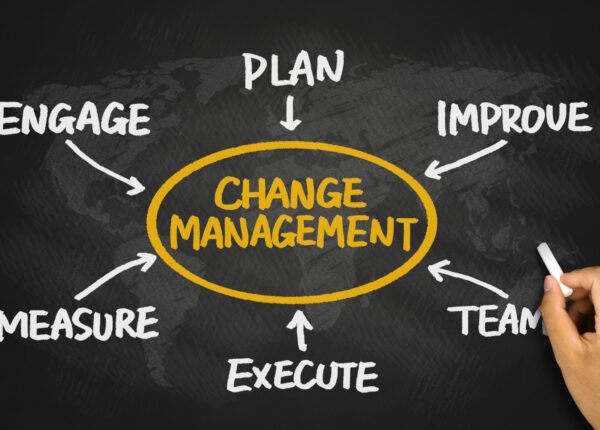1. Introduction
In today’s competitive business world, companies often struggle to balance long-term strategy with the need for short-term results. This is where Micro-Strategies play a crucial role. These are small but powerful actions that can be implemented quickly and deliver measurable results without heavy investments.
2. What Are Micro-Strategies?
Micro-Strategies are tactical, bite-sized actions businesses take to achieve specific short-term goals. Unlike large transformations, they focus on quick wins—whether it’s a flash discount campaign, workflow automation, or employee recognition initiative.
They are particularly relevant for SMEs in India, where budgets are limited but the pressure to stay competitive is high.
3. Why Micro-Strategies Matter for Businesses
- Quick ROI: Results visible in weeks, not years
- Low Cost: Affordable and scalable
- Agility: Businesses can adapt rapidly to customer and market shifts
- Scalability: If successful, they can be expanded into long-term strategies
- Competitive Advantage: Help SMEs and startups punch above their weight
4. Key Areas Where Micro-Strategies Deliver Impact
4.1 Marketing and Customer Engagement
Instead of massive ad spends, small businesses can use targeted WhatsApp campaigns, festive offers, or micro-influencer collaborations to generate immediate traction.
4.2 Operations and Productivity
Simple changes like 10-minute daily stand-ups or digital attendance tracking can significantly improve productivity without expensive overhauls.
4.3 Finance and Cost Optimization
Micro-Strategies in finance include renegotiating vendor contracts, switching to UPI for payments, or tracking micro-expenses with digital tools like RazorpayX.
4.4 Human Resources and People Management
Quick wins in HR could be monthly pulse surveys, small employee rewards, or short upskilling sessions instead of time-heavy programs.
4.5 Sales and Growth Hacking
Businesses can experiment with flash discounts, referral programs, or lead scoring in CRM for immediate sales impact.

5. How We Help Businesses Implement Micro-Strategies
We assist Indian businesses by:
- Conducting a quick business audit to identify opportunity areas
- Designing micro-action plans aligned with business goals
- Supporting hands-on implementation in sales, marketing, or operations
- Tracking real-time performance through analytics
- Scaling successful micro-strategies into long-term strategies
6. Micro vs. Macro Strategies: Key Differences
Here’s where a table makes sense to clarify differences:
| Aspect | Micro-Strategies | Macro-Strategies |
|---|---|---|
| Timeframe | Short-term (days to weeks) | Long-term (months to years) |
| Cost | Low investment | High investment |
| Flexibility | Highly adaptable | Rigid once implemented |
| Examples | Flash sales, WhatsApp promotions, process automation | Market expansion, product diversification, M&A |
7. Common Challenges in Applying Micro-Strategies
- Employees may see them as “too small” to matter
- Businesses risk losing focus if micro-actions don’t align with broader goals
- Tracking ROI can be tough without proper digital tools
The solution is to align micro-strategies with the overall business vision and use analytics tools for monitoring.
9. Conclusion
Micro-Strategies are powerful because they focus on quick wins that build momentum for long-term growth. Whether it’s a small marketing campaign, an HR initiative, or a financial tweak, these actions can deliver disproportionate results in a short period.
For Indian SMEs and enterprises alike, the smart use of Micro-Strategies ensures agility, competitiveness, and resilience in today’s fast-changing business environment.
10. Frequently Asked Questions (FAQs)
Micro-Strategies are small, targeted initiatives designed to deliver fast, measurable results with minimal resources.
Because they allow businesses to stay competitive in a resource-constrained environment by achieving short-term wins without heavy investments.
Anywhere between ₹50,000 and ₹5 lakh, depending on the initiative (e.g., digital ads, automation tools, or referral programs).
Micro-Strategies are short-term and tactical, while Macro-Strategies are long-term and strategic. Both are essential for growth.
We identify quick-win areas, design short-term action plans, and help with execution and tracking to ensure measurable impact.
Related posts
-
Pricing Models Types: Explained with Real-World Examples
"Learn about different types of pricing models with real-world examples. Discover which pricing strategy works best for businesses...
15 March 202404Likes -
Change Management: How to Lead Organizational Transformation
"Learn what Change Management is, why it’s critical for businesses, key models, challenges, and real-world examples of successful...
22 September 202502Likes -
Digital Transformation in Businesses: Key Strategies to Stay Competitive
Discover effective strategies for driving digital transformation in your business. Discover how CRM, ERP, data analytics, automation, and...
15 March 202403Likes


